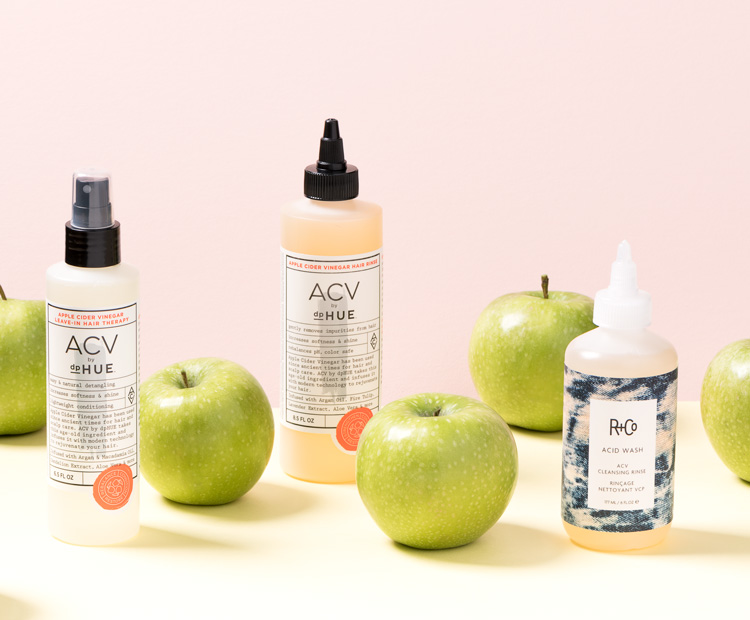Can You Tan Through A Window Tanning Beside Glass
Sitting by a window on a sunny day gives you that warm, cozy feeling. The natural sunlight feels nourishing, like it’s giving your body a healthy dose of vitamin D. But is placing yourself adjacent to a window actually an effective way to get a tan? Or will you just end up with a sunburn? I decided to investigate whether or not you can really tan through a window.
My Personal Experience with Window Tanning
Contents
- My Personal Experience with Window Tanning
- Do UV Rays Actually Penetrate Through Glass?
- The Impact of UVA Rays Through Glass
- Can You Get Vitamin D Through a Window?
- Is Getting a Tan Through a Window Possible?
- The Risk of Sunburn Through Glass
- Should You Apply Sunscreen When Sitting by a Window?
- Achieving a Tan Safely Outdoors
- The Healthiest “Tan” Comes from Within
- The Bottom Line: Don’t Tan Through a Window
I’ll admit, I’ve definitely tried to get a base tan while sitting inside near a window before going on a beach vacation. I figured some color was better than going into the intense sun completely pale. But I found that even hours of sitting right up against a window didn’t give me much color at all. At most, my skin looked a little less pasty. However, I did end up with an odd splotchy mini-burn on one arm that was closest to the window.
So tanning through a window didn’t give me a nice glow, but it did give me a strange patchy red mark. Not exactly the look I was going for.
Do UV Rays Actually Penetrate Through Glass?
This experience got me wondering—do UV rays actually pass through glass windows? The two types of UV rays are UVA and UVB:
- UVA rays age your skin but don’t lead to much burning.
- UVB rays burn your skin and are associated with most skin cancers.
Standard glass windows block most UVB rays, which is why you’re unlikely to get a seriously painful burn sitting inside near a window. However, glass does allow UVA rays to pass through. Approximately 70-75% of UVA rays penetrate through clear glass. Other types of treated glass, like laminated or tempered glass, allow up to 95% of UVA rays through.
The Impact of UVA Rays Through Glass
What does coming in contact with all these UVA rays actually do? Primarily, these UVA rays will age your skin. Sitting in the sun ages skin up to 24% faster than staying away from UV exposure. Even if the glass blocks most UVB rays, the UVA rays passing through the windows still damage collagen and elastin, contributing to wrinkles, sagging, and leathering of the skin. The splotchy mild burn I experienced was likely due to reflected UV rays bouncing off surfaces like walls or furniture before reaching my arm.
Can You Get Vitamin D Through a Window?
We need sunlight exposure for vitamin D synthesis. But because glass windows filter out most of the UVB rays responsible for vitamin D production in the skin, sitting by a window isn’t an effective way to absorb this essential vitamin. Direct sunlight on bare skin stimulates optimal vitamin D production. Depending on your age, skin tone, time of day, and geographic location, anywhere from 5 to 30 minutes of sun exposure a few times a week should be enough for vitamin D needs. Those with darker skin require more time in the sun for adequate vitamin D synthesis.
Is Getting a Tan Through a Window Possible?
While some UV rays make it through glass, tanning through a window is less effective than tanning outdoors. Here are some factors that influence whether tanning through a window is possible:
- Type of window: Low-E coated windows block up to 99% of UV rays. But clear, untinted windows allow the most UV to penetrate.
- Proximity: The closer you sit to the window, the more UV exposure you’ll get.
- Duration: The longer you’re exposed, the more likely you are to get color.
- Time of day: Late morning to mid afternoon when the sun’s rays are most intense is ideal.
- Direction: South-facing windows get the most sun.
- Season: Summer months have the strongest UV rays.
- Surfaces: UV rays can bounce off surfaces like snow, water, sand or concrete, increasing exposure.
Even if some tanning does occur through a window, results will be minimal at best. Any color achieved would take hours of consecutive days of exposure by a window to accumulate. You’d be much better off spending 10-20 minutes a few times a week out in the actual sun to build up a glow.
The Risk of Sunburn Through Glass

While glass filters out most UVB rays responsible for burns, sunburn through a window is still possible depending on the circumstances. If you fell asleep by a southern-facing window on a hot, cloudless summer day, woke up a few hours later, and found yourself burnt – the extended duration of exposure could be to blame. Certain types of glass also offer less UV protection. And the reflected rays bouncing off surfaces before reaching you can intensify the sun’s impact.
Children and those with very fair skin are most susceptible to burning through glass. If you do start to see signs of redness and inflammation after prolonged time near a window, get out of the light and treat the skin like a normal sunburn. Cool compresses, aloe vera gel, and moisturizing creams provide relief.
Should You Apply Sunscreen When Sitting by a Window?
To be on the safe side, it is a good idea to apply at least SPF 30 sunscreen before significant sun exposure through a window, especially if sitting close to the glass for extended periods of time. While glass filters out most UVB, UVA rays penetrate at very high rates. And UVA rays contribute to skin cancer and premature aging just like UVB rays. So whether you burn easily or have darker skin less prone to burning, UV protection is still recommended.
Achieving a Tan Safely Outdoors
Instead of attempting to tan through a window, get some color the safer way by tanning outdoors. Here are some tips:
- Apply broad spectrum SPF 30 or higher sunscreen 20 minutes before sun exposure and reapply every 2 hours.
- Limit sun time to 10-20 minute intervals to build color slowly. Never fall asleep outside.
- Avoid peak sun hours between 10am-4pm when UV rays are most intense.
- Wear protective clothing like hats, sunglasses and lightweight shirts when possible.
- Stay hydrated and seek shade when needed.
The Healthiest “Tan” Comes from Within
If your goal is getting a healthy glow, skip the tanning beds and sunbathing and get your color the safer way by:
- Eating carotenoid-rich foods like carrots, sweet potatoes, spinach, tomatoes, and bell peppers. These antioxidants build up under the skin and create a healthy glow.
- Taking vitamin D supplements or eating foods fortified with vitamin D like milk, orange juice, yogurt, and cereals.
- Using self-tanning lotions or sprays. The active ingredient DHA interacts with amino acids on the skin’s surface to create a temporary browning effect.
The Bottom Line: Don’t Tan Through a Window
Can you get a tan by sitting beside a window? Unfortunately, glass doesn’t allow enough UVB rays needed for vitamin D synthesis or an optimal tan. The small amount of UVA rays coming through may produce a subtle change of pigment with very lengthy, repeated exposure. But in reality, tanning through glass is ineffective and comes with risks like premature aging of skin and sunburns.
If your goal is a bit of color, carefully limit sunbathe sessions outdoors while taking precautions. But also consider embracing your natural skin tone, protecting long-term health. Achieve a healthy glow from UV-free sources like food choices and self-tanners instead. Your skin will thank you decades from now.

Founded by Sophia Rodriguez, IGXO Cosmetics is a PETA-certified, cruelty-free, and vegan makeup brand.





